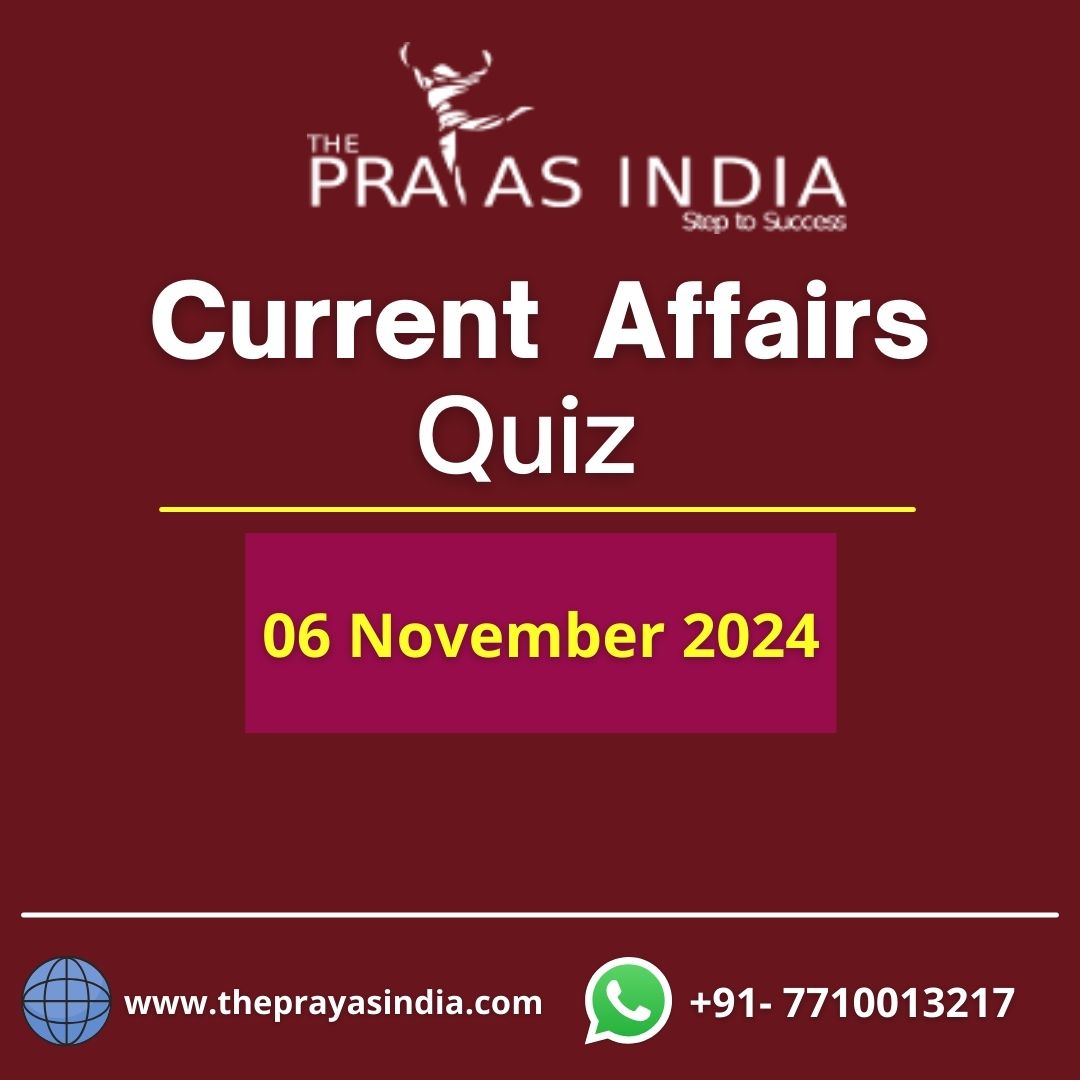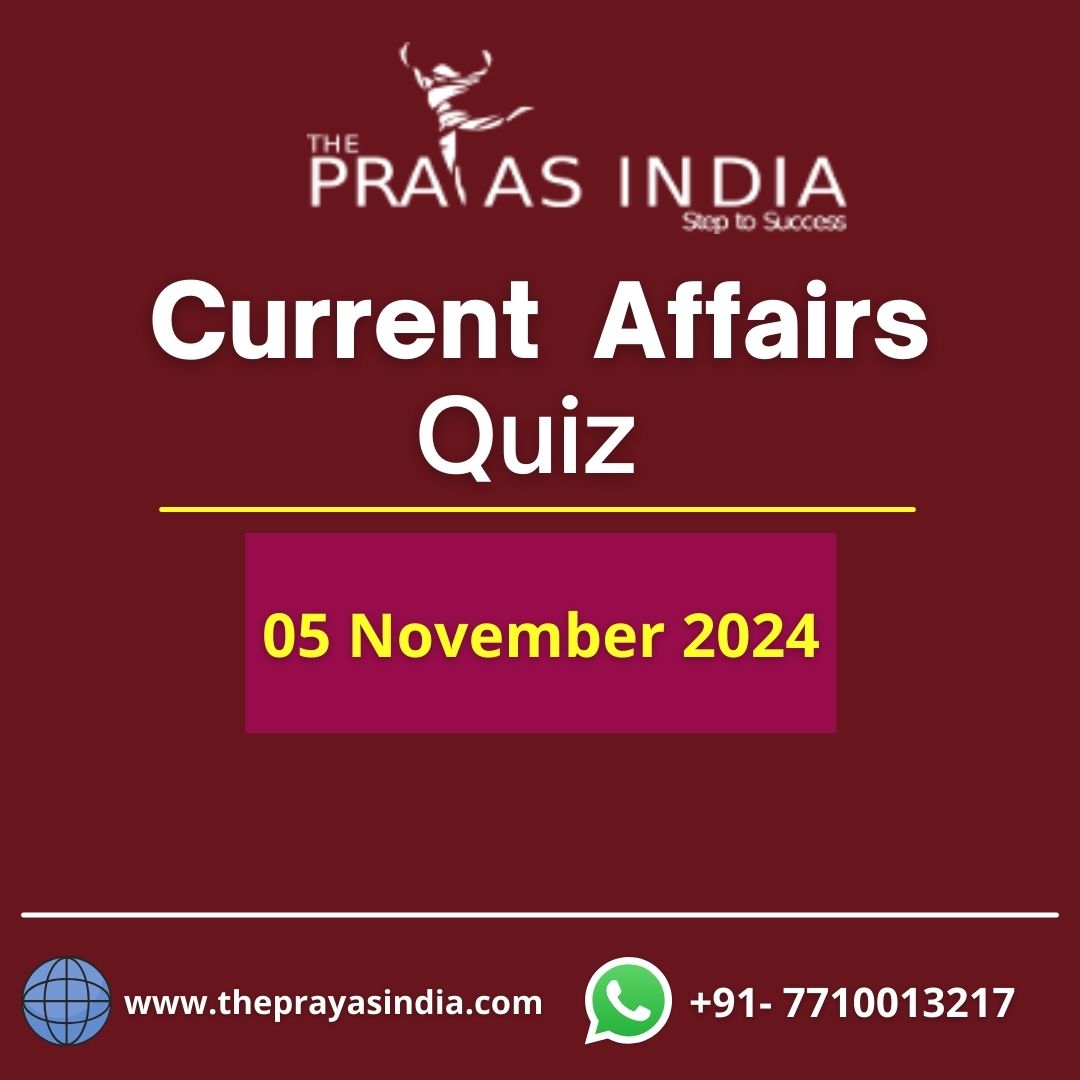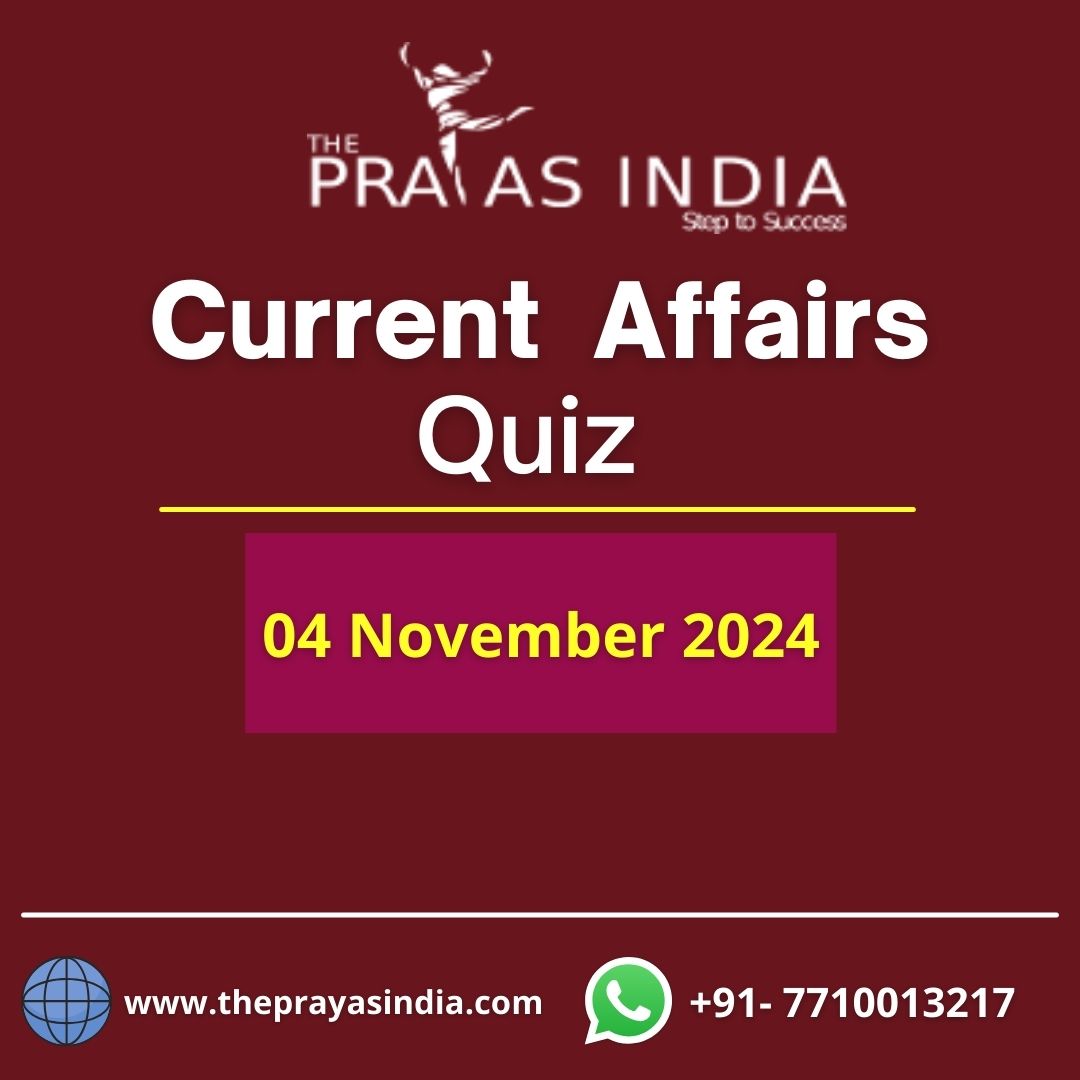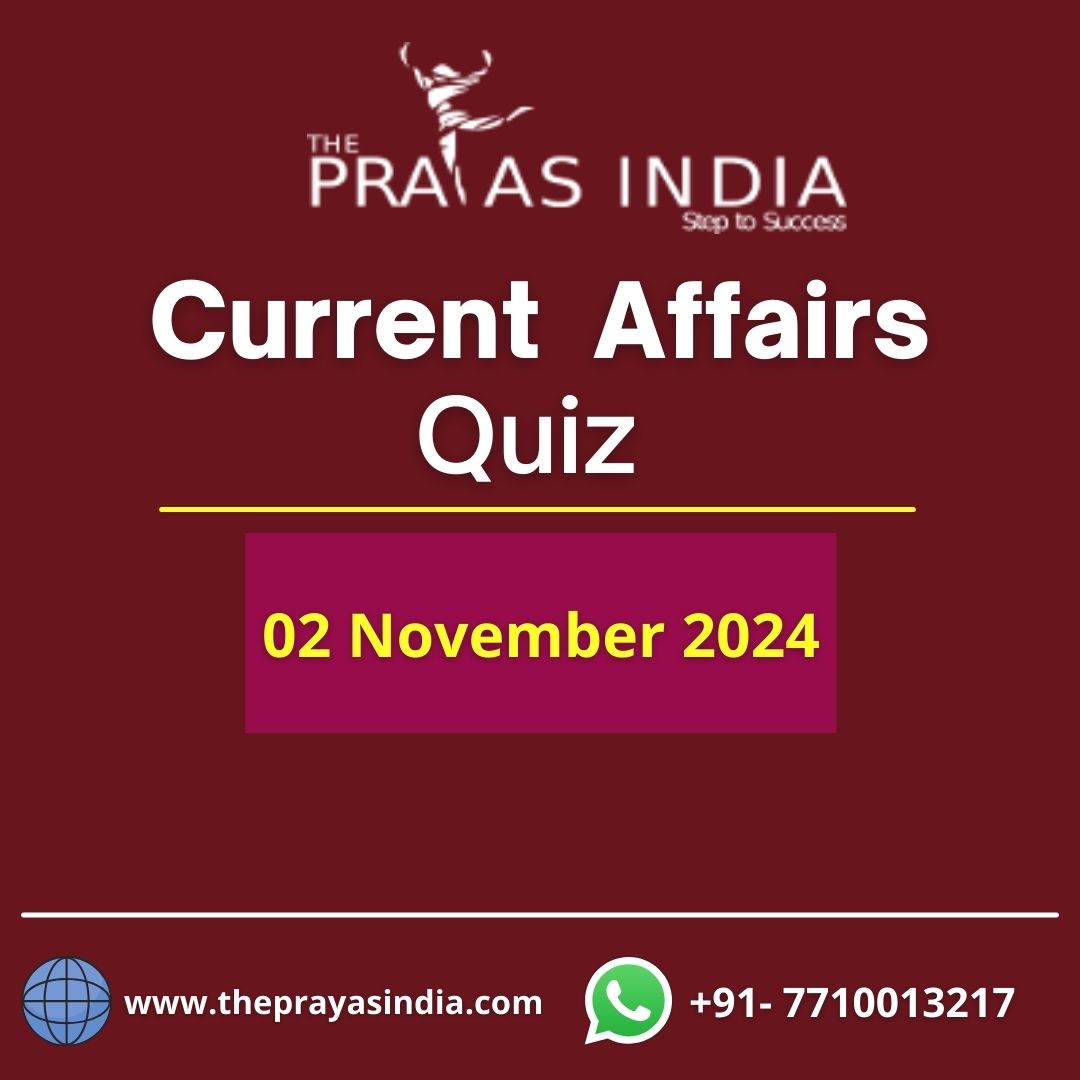Q1. Which of the following would be considered as Foreign Direct Investment?
- A Foreign merchant banker buying shares from Indian stock market
- A Foreign company buying shares in stock exchanges in India
- A Foreign country pension fund investing in Indian stock market
- A Foreign entity setting up an educational institution in India
D – Explanation
- A foreign direct investment (FDI) is an investment in the form of a controlling ownership in a business in one country by an entity based in another country. It is thus distinguished from a foreign portfolio investment by a notion of direct control. Hence, option (d) is the correct answer.
Q2. Which one of the following is the most important factor for the formation of smog?
- Long winter nights
- Rapid fall in temperature with increasing height above the sea level
- Presence of many air pollutant resources
- Formation of an inversion lid
C – Explanation
- Smog is basically derived from the merging of two words; smoke and fog. Smog is also used to describe the type of fog which has smoke or soot in it. Smog is a yellowish or blackish fog formed mainly by a mixture of pollutants in the atmospherewhich consists of fine particles and ground-level ozone. Smog which occurs mainly because of air pollution can also be defined as a mixture of various gases with dust and water vapor. Hence, option (c) is the correct answer.
Q3. Among the following who are eligible to benefit from the “Mahatma Gandhi National Rural Employment Guarantee Act”?
- Adult members of only the scheduled caste and scheduled tribe households
- Adult members of below poverty line (BPL) households
- Adult members of households of all backward communities
- Adult members of any household
D – Explanation
- The Mahatma Gandhi Employment Guarantee Act is a social security measure designed to protect people’s right to work. In collaboration with state governments, the Ministry of Rural Development (MRD) of the Government of India is overseeing the entire implementation of this scheme.
- The eligibility criteria for receiving benefits under the MGNREGA scheme are as follows:
- Must be an Indian citizen. Any citizen who is over the age of 18 at the time of application is eligible. The applicant must be a member of a rural family. Applicants must be willing to volunteer for unskilled labour. Unemployment benefits are available to households who have not been able to find work after 15 days of applying.Hence, option (d) is the correct answer.
Q4. ‘Recognition of Prior Learning Scheme’ is sometimes mentioned in the news with reference to?
- Certifying the skills acquired by construction workers through traditional channels.
- Enrolling the persons in Universities for distance learning programmes.
- Reserving some skilled jobs to rural and urban poor in some public sector undertakings.
- Certifying the skills acquired by trainees under the National Skill Development Programme.
A – Explanation
- The Recognition of Prior Learning (RPL) Scheme is an assessment process in which an individual’s existing skills and experience (formal or informal) are evaluated and certified. The Pradhan Mantri Kaushal Vikas Yojana (PMKVY) was launched in 2016, and RPL is a part of it. It is overseen by the Ministry of Entrepreneurship and Skill Development.Hence, option (a) is the correct answer.
Q5. Consider the following events:
- The first democratically elected communist party government formed in a State in India.
- India’s then largest bank, ‘Imperial Bank of India’, was renamed ‘State Bank of India’.
- Air India was nationalized and became the national carrier.
- Goa became a part of independent India.
Which of the following is the correct chronological sequence of the above events?
- 4 – 1 – 2 – 3
- 3 – 2 – 1 – 4
- 4 – 2 – 1 – 3
- 3 – 1 – 2 – 4
B – Explanation
- In 1953,Air India was nationalized. In 1953, the Indian government passed the Air Corporations Act and bought a majority stake in the airline from Tata Sons. In 1955, the Government of India nationalized the Imperial Bank of India, with the Reserve Bank of India taking a 60% stake and the name changed to State Bank of India.In 1957, India’s first democratically elected communist party government was formed in a state.In 1961, Goa gained independence from the Portuguese and became an independent state of India. The Indian government launched Operation Vijay on December 18, 1961, to reintegrate Goa into India.Hence, option (b) is the correct answer.
Q6. At the national level, which ministry is the nodal agency to ensure effective implementation of the Scheduled Tribes and Other Traditional Forest Dwellers (Recognition of Forest Rights) Act, 2006?
- Ministry of Environment, Forest and Climate Change
- Ministry of Panchayati Raj
- Ministry of Rural Development
- Ministry of Tribal Affairs
D – Explanation
- The Forest Rights and Occupation in Forest Land of Scheduled Tribes and Other Traditional Forest Dwellers (Recognition of Forest Rights) Act, 2006 aims to recognise and vest forest rights and occupation in forest land in forest-dwelling Scheduled Tribes and other traditional forest dwellers who have been residing in such forests for generations but whose rights have not been recorded. The Ministry of Tribal Affairs is the national nodal agency for ensuring the act’s effective implementation.Hence, option (d) is the correct answer.
Q7. Which of the following are regarded as the main features of the “Rule of Law”?
Limitation of powers Equality before law People’s responsibility to the Government Liberty and civil rights
Select the correct answer using the code given below:
- 1 and 3 only
- 2 and 4 only
- 1, 2 and 4 only
- 1, 2, 3 and 4
C – Explanation
- The concept of “rule of law” originated in England, and India has adopted it.
- According to Dicey, the following are the basic characteristics of the Rule of Law:
- There are no special rights recognised by law for any individual or group of individuals. The rule of law forbids the executive from exercising absolute and arbitrary powers. Hence statement 1 is correct. Law does not recognise any distinction between individuals based on religion, race, sex, or other factors. hence statement 2 is correct.The government is responsible to the people, not the other way around.Hence statement 3 is not correct.Without a fair trial, no one is punished. All of them will be tried in the same court and under the same rules. The purpose of the rule of law in a free society is to protect and advance the individual’s political and civil rights. Hence statement 4 is correct.
Q8. Consider the following statements with reference to the Sloth Bears:
- They are protected as Critically Endangered species on the IUCN Red List.
- They are found in India, and they do not hibernate.
Which of the statements given above is/are correct?
- 1 only
- 2 only
- Both 1 and 2
- Neither 1 nor 2
B – Explanation
- Sloth Bear
- Sloth bears are found in Sri Lanka, India, Bhutan and Nepal, predominantly in lowland areas.Sloth bears primarily eat termites and ants, and unlike other bear species, they routinely carry their cubs on their backs.They are also very fond of honey, hence their alternative name of “honey bear”.Sloth bears do not hibernate.Hence statement 2 is correct.It is a forest-dwelling member of the family Ursidae (comprising 8 species of bears) that inhabits tropical or subtropical regions of India and Sri Lanka.
Protection Status:
- IUCN Red List:Hence statement 1 is not correct.CITES listing: Appendix IIndian Wildlife Protection Act, 1972: Schedule I
Q9. Consider the following statements:
- As per Elephant Census (2017), Karnataka, Assam and Kerala are the top 3 three states of India in terms of having the highest number of elephants.
- Both the Asian elephant as well as the African Bush elephant are listed as endangered in the IUCN Red List.
Which of the statements given above is/are correct?
- 1 only
- 2 only
- Both 1 and 2
- Neither 1 nor 2
C – Explanation
- India is home to approximately around 27,000 Asian Elephants, which is the world’s largest population of the species. As per Elephant Census (2017), Karnataka has the highest number of elephants (6,049), followed by Assam (5,719) and Kerala (3,054). Hence, statement 1 is correct.
Asian Elephants:
- There are three subspecies of Asian elephant which are the Indian, Sumatran and Sri Lankan.
- The Indian subspecies has the widest range and accounts for most of the remaining elephants on the continent.Elephants have the longest-known gestational (pregnancy) period of all mammals, lasting up to 680 days (22 months).Global Population: Estimated 20,000 to 40,000.
Protection Status:
- IUCN Red List: Endangered.Wildlife (Protection) Act, 1972: Schedule I.CITES: Appendix I
African Elephants:
- There are two subspecies of African elephants, the Savanna (or bush) elephant and the Forest elephant.Global Population: Around 4,00,000.Earlier in July 2020, Botswana (Africa) witnessed the death of hundreds of elephants.
- Protection Status:
IUCN Red List Status:
- African Savanna Elephant: Hence, statement 2 is correct.African Forest Elephant: Critically EndangeredCITES: Appendix II
Q10. Atal New India Challenge is a flagship program of which of the following?
- Ministry of Science and Technology
- NITI Aayog
- Ministry of Education
- Indian Space Research Organization
B – Explanation
Atal New India Challenge
- Atal New India Challenge is a flagship program of Atal Innovation Mission, NITI Aayog.The program aimsto seek, select, support and nurture technology-based innovations that solve sectoral challenges of national importance and societal relevance.ANIC solicits innovations in the prototype stage and supports the selected start-ups through to the commercialization stage over a course of 12 – 18 months.Hence, option (b) is the correct answer.




